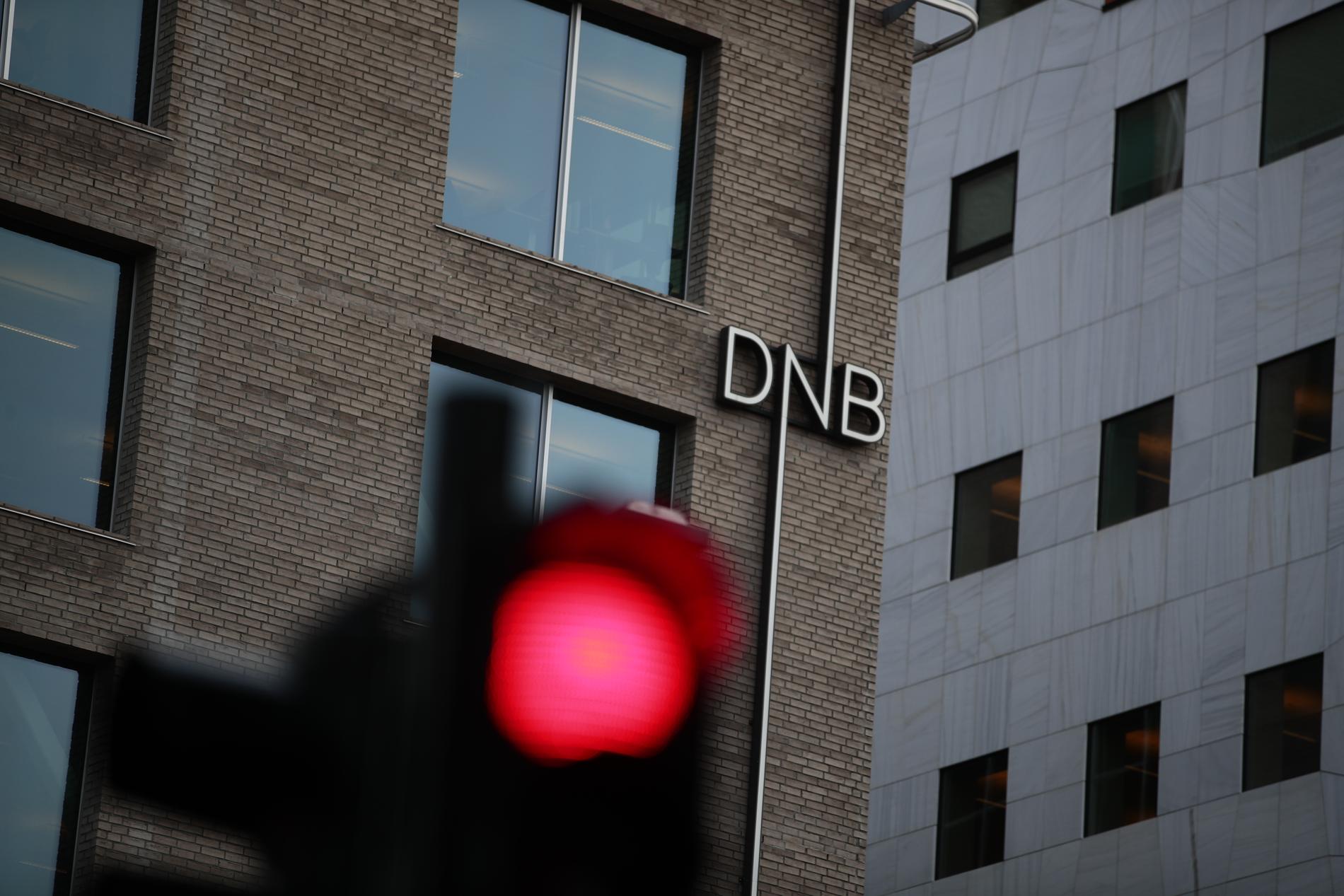For 20 years, my colleagues and I have delved into the Scandinavian market for ERP, i.e. enterprise resource planning systems. Each analysis indicated prevailing trends. This year, the term “composable ERP” is all the rage.
It describes a component-based system architecture where large business systems are broken down into smaller parts. The idea is that all business logic should not remain located in the same system, but rather choose an architecture with integrated systems – preferably a mix of “on-premises” and cloud services. This gives greater flexibility, and the company is not at the mercy of the technological development of suppliers.
In a composable ERP architecture, functionality is integrated at the component or microservice level using standard APIs – a bit like the Lego principle. In this way, the company can relate to management and innovation in a new way. Gartner says the rate of innovation could be increased by 80 percent on average.
It gives the need for good change management
Many medium and large companies are still at the crossroads between an ERP presence in their data center and a more forward-looking presence in the cloud. When most people move to a completely cloud-based presence, it will likely be the last time a company chooses a new operational and financial system. The days of big promotions will end.
A future with component-based architecture will be synonymous with frequent changes – aligning with changing business needs and supporting new opportunities. It involves working with systems in completely new ways. Therefore, those responsible for business systems must have a clear change management strategy. They must know how to realize gains in the form of increased flexibility, how to gain a better ability to adapt quickly and what opportunities exist for them to meet changing business needs.
Choose the right ecosystem
It now seems that platform choice is more important than system decision. Companies that have a lot of eggs in the basket of Microsoft, Google, or Amazon will gain more by being on the same platform because the systems now come with many smart, value-added options, not least artificial intelligence (AI).
At the same time, the Norwegian ERP market has long been characterized by limited access to relevant expertise. This increases the need to build skills within one’s ranks. This is especially important when going out and acquiring new types of solutions that will interface with your ERP system. Look for those who have the partner and ecosystem with exciting and robust innovation roadmaps. Major players are constantly building frameworks for flexible and fast applications, facilitating feature-rich application marketplaces, developing exciting new services and creating innovations through third-party software houses. It is equally important to favor actors who have the best plans for building knowledge and skills among their partners.
Does the supplier have big enough muscles?
It is equally important to be confident that the supplier can set standards in the market and has the ability to ensure adequate investment in product development. The system chosen should respond to business needs within five to ten years.
So, know the development roadmap of the suppliers and that they have owners who are industrially building their company for the future. An important feature is to examine how the system is equipped to meet your ambitions for more sustainable operation and how it meets the new green requirements that are hitting the finance function in full force.
New EU rules mean that the most appropriate funding goes to companies that do the best in terms of sustainability and climate accountability. Therefore, an ERP system must respond quickly to a company’s emissions, material consumption, waste management, energy use as well as other social conditions.
And last but not least: safety. Having access to the financial and operational system is every villain’s dream. It is not enough to read that suppliers have all certificates. You are responsible for your data. A good start is to map all potential risks, regularly check suppliers and have a plan for robust backup and rapid disaster recovery.
Good Choice …

“Web specialist. Lifelong zombie maven. Coffee ninja. Hipster-friendly analyst.”




